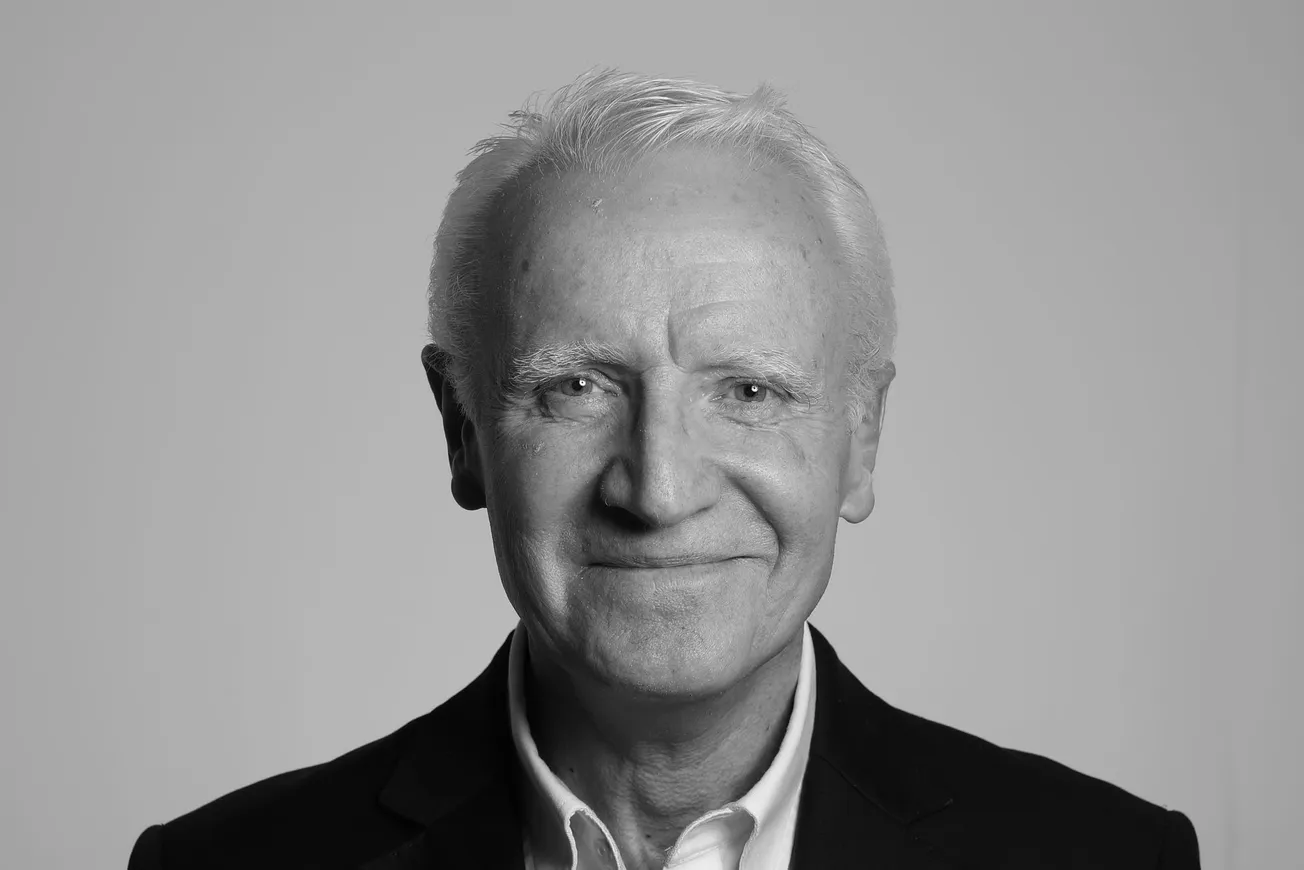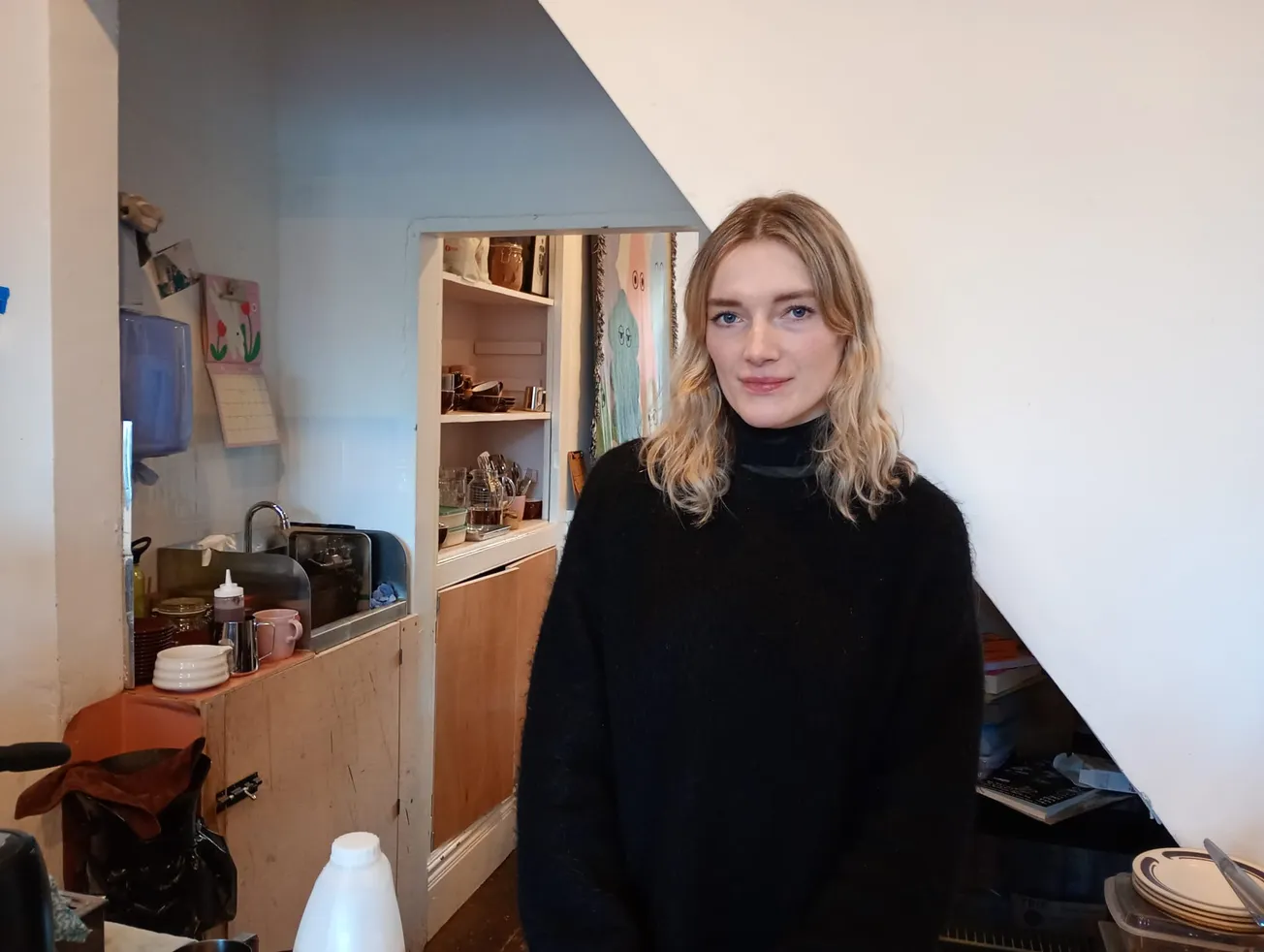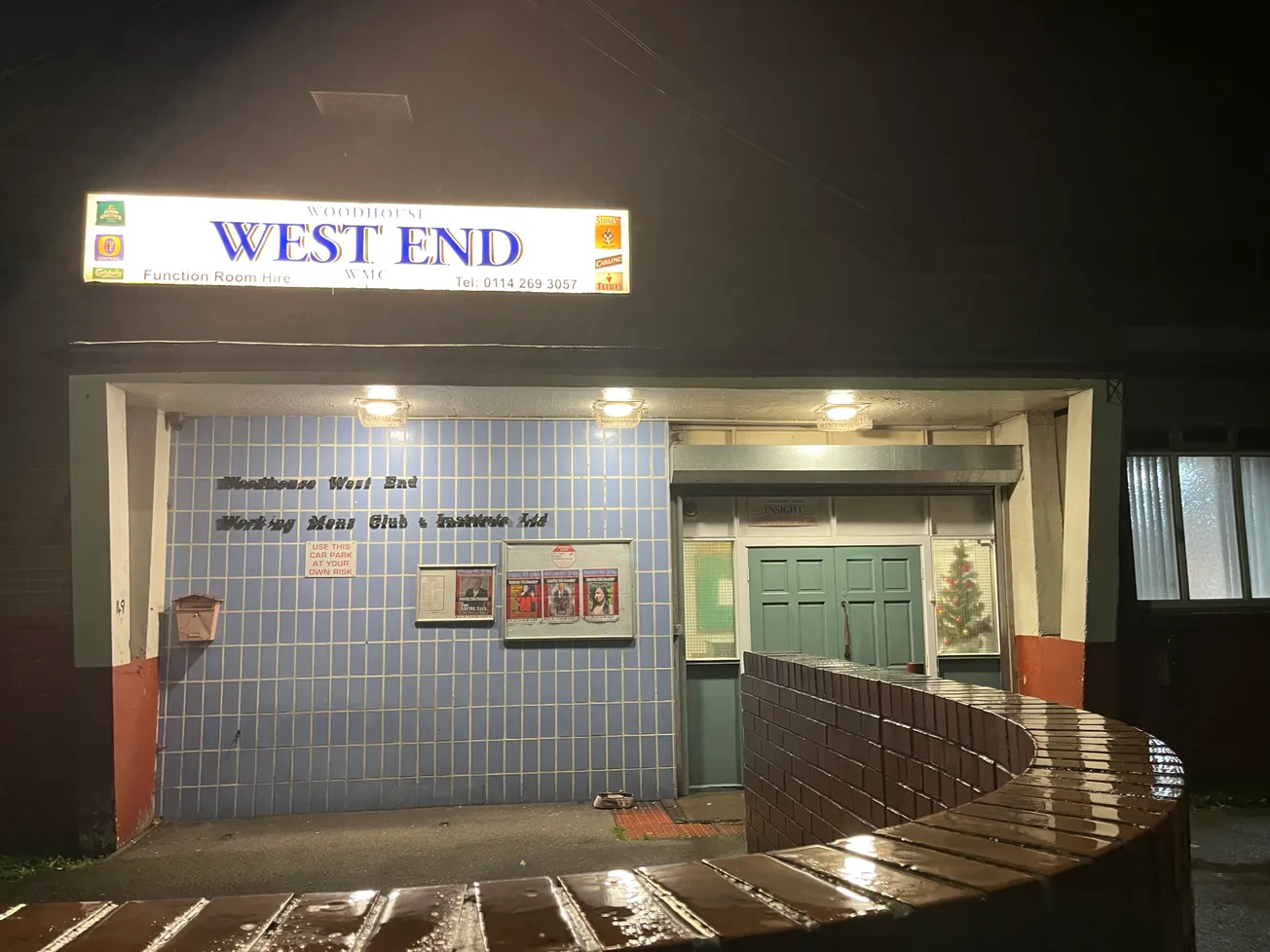It was around 1 o’clock in the morning when I stumbled downstairs to answer the phone, half asleep and half cut, after a few Friday night pints with my dad. News editor David Mastin apologised for getting me out of bed. It might be something or nothing, he said, but one of our photographers had called in to say he had been driving home from a night out when he spotted a big police presence outside The Highwayman pub, high on the moors between Chesterfield and Baslow. Could I nip out there and take a look? And, by the way, are you OK to drive? I answered yes to both questions.
Recently qualified as a senior reporter on my hometown paper, The Star, I was pleased that, from a pool of around 20 reporters, it was me that Mastin had called. Or maybe his first choices just decided to let the phone ring. No matter. On a bitterly cold January night, I pulled on my duffle coat and scarf, jumped into my VW Beetle and headed for the hills.

When I pulled into The Highwayman car park an hour later, a blizzard was raging. There were arc lights and a police mobile incident room in the pub car park - sure signs that something big was going on. Two journalists had got there before me: Martyn Sharpe, of The Sun, and the Daily Express’s legendary North of England reporter Peggy Robinson. I knew both of them by reputation. Neither of them knew me from Adam. We chatted guardedly for a few minutes, trying to glean snippets of information from each other. The two experienced national reporters were giving nothing away, and I had nothing to give.
Then Derbyshire’s assistant chief constable stepped out of the incident room. A man of his rank on top of the moors, in a blizzard, in the early hours, on a Saturday? Another sign that something big was happening. He walked over to us but, apart from a few pleasantries, he wasn’t saying much either.
After a minute or two of awkward small talk, Robinson asked how ‘Mrs Maron’ was. The ACC corrected her – the name was Moran, and he spelled it out. The three of us scribbled it into our notebooks. A bit more sparring and then Robinson asked, casually: ‘How many bodies are there?’ Yes, this was definitely big.

By Dan Hayes
Neil Benson was just 22 years old when all this happened. And he was right about it being a big story. The incident turned out to be the biggest story in Derbyshire for decades and quickly became known in the national press as the “Pottery Cottage Murders”. Over the next days and weeks, Neil and his colleagues would report the full horror of what had taken place in the remote Eastmoor home he’d been sent out to early that Saturday morning.
Billy Hughes, a Chesterfield man on trial for grievous bodily harm and rape had escaped when being transferred to court by stabbing two policemen in the neck. After crashing a car he had stolen, he set off on foot across the moors, eventually arriving at the home of Richard and Gill Moran. There, over the course of the next two days, Hughes would go on to kill Richard, the couple’s 10-year-old adopted daughter Sarah, and Gill’s parents Arthur and Amy Minton.
After the killings, Hughes set off with sole survivor Gill Moran across Derbyshire, driving as far as the village of Rainow in Cheshire, where police were waiting for him. After a tense standoff lasting almost an hour, he finally broke and motioned as if he was going to kill Gill in the car. Diving through a broken window of the car, Chief Inspector Peter Howse, the man leading the hunt, grappled with Hughes before a police marksman finally took him down.
The carnage that happened over those few days at the Pottery Cottage is the first story Neil recounts in his new book You Can’t Libel the Dead: A Life in Journalism. He describes the grisly tale as “the biggest story of my reporting life”. After getting what he could from the scene, he made his way to The Star’s Chesterfield district office, where at 5am in the morning he wrote Saturday’s splash with the help of the paper’s deputy news editor Alan Powell.

Reading his book, I find myself thinking about my own career in journalism, which as it happened started on the Derbyshire Times. As a local news reporter, you end up covering a huge range of stories, many of which are only of interest to a few local people. Then, all of a sudden, and usually when you least expect it, an absolutely massive story just falls into your lap. For me this happened just before Christmas 2017, when I was sent out on what I presumed was a run of the mill road traffic accident. When I got there, it turned out a suspected Islamist terrorist had been arrested at the Mermaid fish and chip shop on Sheffield Road.
Born near Park Hill and growing up on the Gleadless Valley estate, for Neil, working on his hometown newspaper was a dream come true. He had started as a part-time “copy boy” on The Star’s Green ‘Un Saturday sports special at the age of just 15, joining The Star as a full-time reporter on July 22, 1974.
Neil remembers the paper’s old York Street newsroom at that time as an “aircraft hangar-sized office” with Star reporters and feature writers at one end, a horseshoe-shaped subs table in the middle, and Morning Telegraph journalists on the other side of the room. Sports reporters were also crammed in somewhere as well. In all, he says there must have been over 100 journalists on the Star alone and probably another 80 on the Telegraph. “I think they took on six of us that year,” he tells me. “Most newsrooms haven't got six reporters in total anymore.”
Six months in, however, and he wasn’t enjoying it. In a revelation that will have modern-day reporters crying into their notebooks, he didn’t have very much to do. “There wasn’t enough work to go round and I was bored,” he says. Looking back, the best thing that happened to him was being sent out to The Star’s district office in Chesterfield. There, the team was so small there that on some days he was responsible for filling the paper himself. “Suddenly you had loads to do and that's when I really started enjoying it,” he says. “The old boy who ran the newsagents downstairs knew everybody and was just a fountain of stories.”

Some of Neil’s most memorable stories would come about when he was based at The Star’s Chesterfield office. On one occasion he remembers being sent out to the tiny village of Over Haddon, near Bakewell, to chase down some gossip about Maurice Oldfield, the then head of MI6. A salacious tabloid story had suggested the country’s top spy had got himself engaged to a West End showgirl. However, when he got there, he couldn't get anyone in the tight-knit Derbyshire village to speak to him about it. After drawing a blank, Neil returned to his car where he was met by two enormous plain clothed police officers. “OK Neil, you'll be going back to Sheffield now,” one of them told him, kindly providing him with a police escort for the first four miles of his journey home.
Another astonishing story came from an equally surprising location — Clowne, a small village in North East Derbyshire. After a tip-off from a local church rector, who also happened to be the brother of the paper’s chief sub, Neil managed to chase down a story that two teenage girls from the village had poisoned their headmaster’s tea with substances they had found in the school’s chemistry lab. Thankfully, after a few days off work, the headmaster made a full recovery, while the girls were, understandably, suspended from school.
After The Star, Neil worked on the then-new national title The Daily Star in Manchester, followed by a host of regional titles all over England. He tells me that throughout his time in journalism, major stories seem to have followed him around wherever he has gone. He had only been on the Telegraph and Argus in Bradford a few months when the devastating fire took place at the Valley Parade football ground, killing 56 fans. Later, in Coventry, he helped expose the first Catholic priest who was found to have abused children in his care, a scoop which led to similar stories coming to light all over the world.
His job even took him even further afield on a number of occasions, including most notably to Pakistan in the months after 9/11. There, a reporter on Sunday Mercury in Birmingham named Amardeep Bassey had been arrested after the authorities suspected him of being a spy. Hot-footing it to Islamabad on the orders of Trinity CEO Philip Graf, Neil arranged passage to Peshawar, then dubbed “the most dangerous place on Earth”, to secure the release of his unfortunate reporter.

As we reminisce about our respective careers in journalism (my seven years looking decidedly puny in comparison with his almost 50), the conversation turns to the ethics of doing what we do. By their very nature, good stories often involve bad things happening to other people, as at the Pottery Cottage. It’s a conundrum that most journalists wrestle with from time to time. I usually argue that these things will happen whether I am there or not, and it’s my job to report them as professionally as I can: to do justice to the people involved.
Neil agrees, and says that there is still an important role for local newspapers when major events happen in their communities. As an example he talks about his time on the Telegraph and Argus in the days after the Bradford fire. At that time, most of their reporters were from the local area — and some of them had even been at the game and knew people who had died. In this pressure cooker environment, Neil says the entire paper’s staff found reserves of strength and reporting skill that they didn’t know they had. “Everyone on the paper played out their skin covering that story,” he tells me. “Because it was local, and it meant more to them.” He says a similar thing happened after the Manchester Arena bomb in 2017, when staff at the MEN worked themselves into the ground in the days and weeks after the atrocity.
After working at regional titles all over the country, Neil eventually ended up as a regional editorial director for Reach, the company that owns the Manchester Evening News and Liverpool Echo, as well as countless other titles all over the UK. During that time, as the internet decimated local newspapers’ business models, the number of staff on many regional titles shrunk dramatically.
So what does he think of much of the media’s decision, at the beginning of the 00s, to not put their work behind a paywall — was it a mistake? His former employer Reach has had success trying to reach as wide an audience as possible, whether that be in the traditional area they serve or not, while attempts by National World (which owns The Star) to put up paywalls on its websites have proved they are ‘just not feasible’, he says.

He also tells me the expansion of the BBC website over the last 20 years has been a factor in local newspapers’ struggles. To be honest I’m not sure the few extra clicks that would come the way of regional publishers if the BBC didn’t publish local news stories would be the game changer he says it would be. But he does believe that if there is to be a paid model online, it will most likely be around quality content. “If you've got good writing you can appeal to an intelligent market,” he tells me. “It's just about carving out a big enough niche really.”
Now 68, Neil runs his own media consultancy business, helping train the newsroom leaders of the future in an industry that has seen many of its most experienced staff depart. Looking back, does he have any regrets about the career choices he made as a teenager in Sheffield in the early 1970s? Apart from those boring first six months, absolutely none, he tells me. But he also knows that things are very different now. “I was lucky,” he says. “My generation got the very best out of the regional press. It's a lot harder now.”
But despite all the changes that have taken place in the media industry over the last 50 years, many other things have stayed the same. When Neil joined The Star as a callow 19-year-old in 1974, one of the office’s old hands gave him the benefit of his years of experience. “The pay’s crap,” he told him. “But you’ll have a few laughs.” Someone could have said the same thing to me when I started in 2015. And they’d still have been right.
To buy You Can't Libel the Dead: A Life in Journalism by Neil Benson, click here.
Comments
How to comment:
If you are already a member,
click here to sign in
and leave a comment.
If you aren't a member,
sign up here
to be able to leave a comment.
To add your photo, click here to create a profile on Gravatar.







